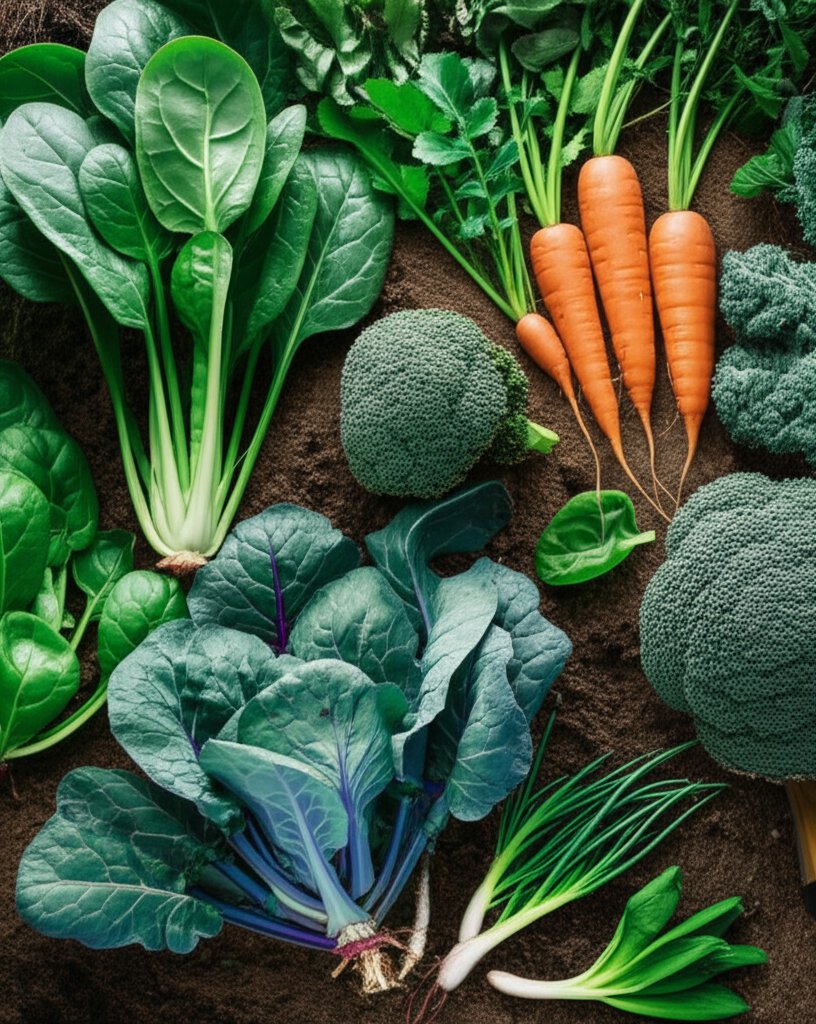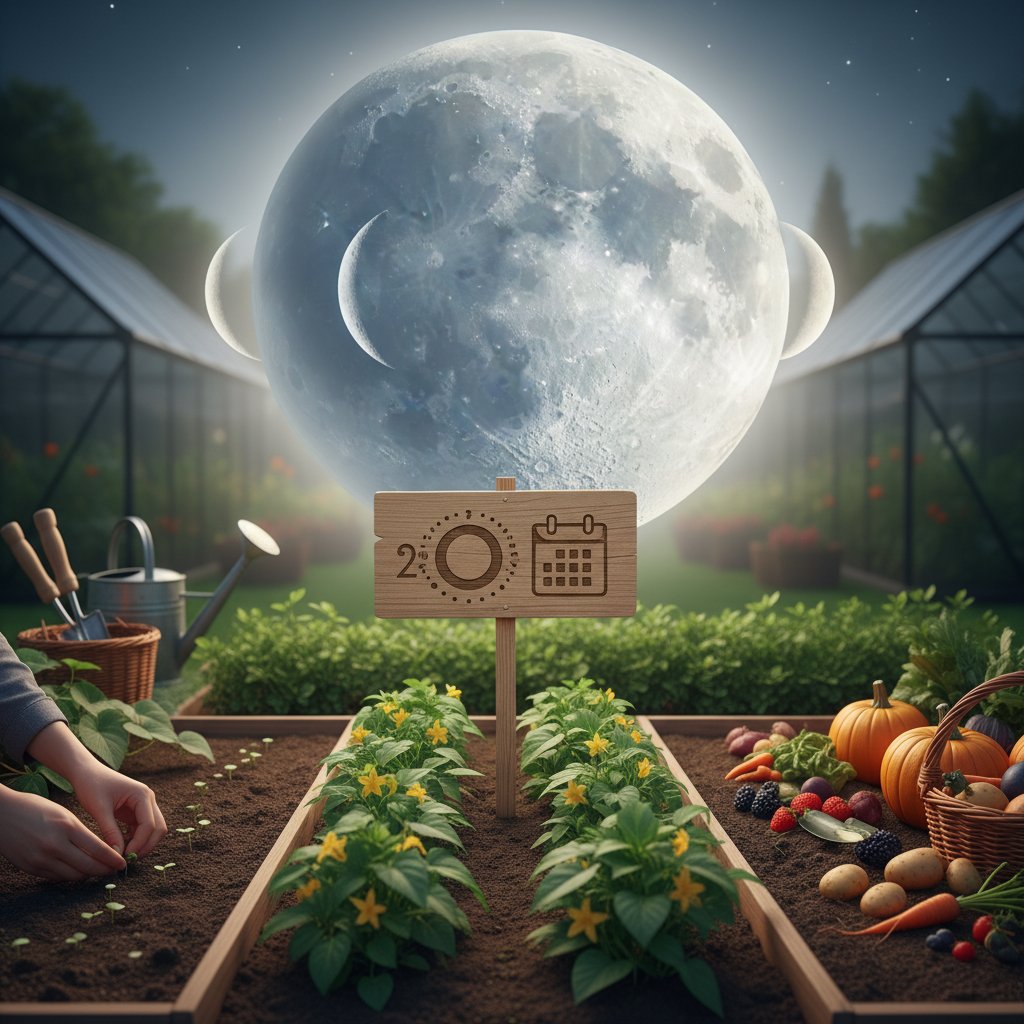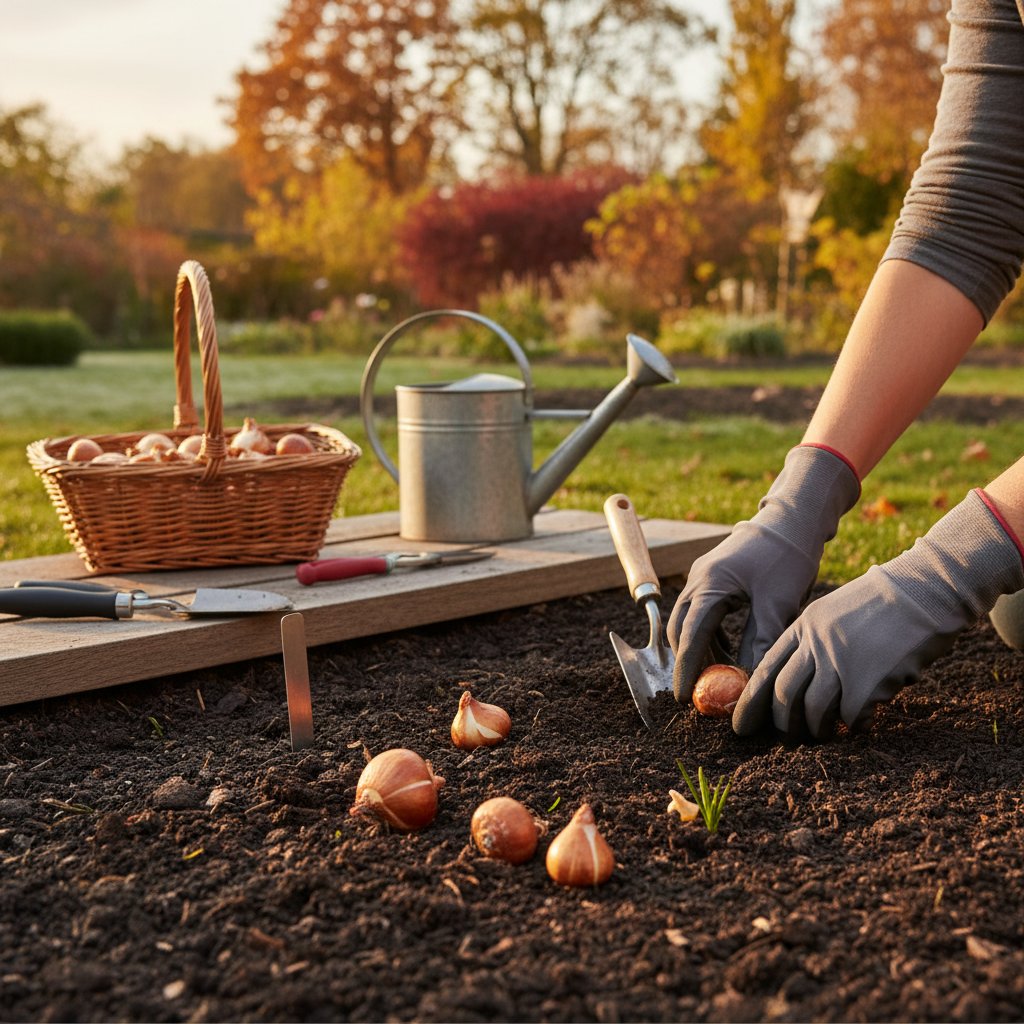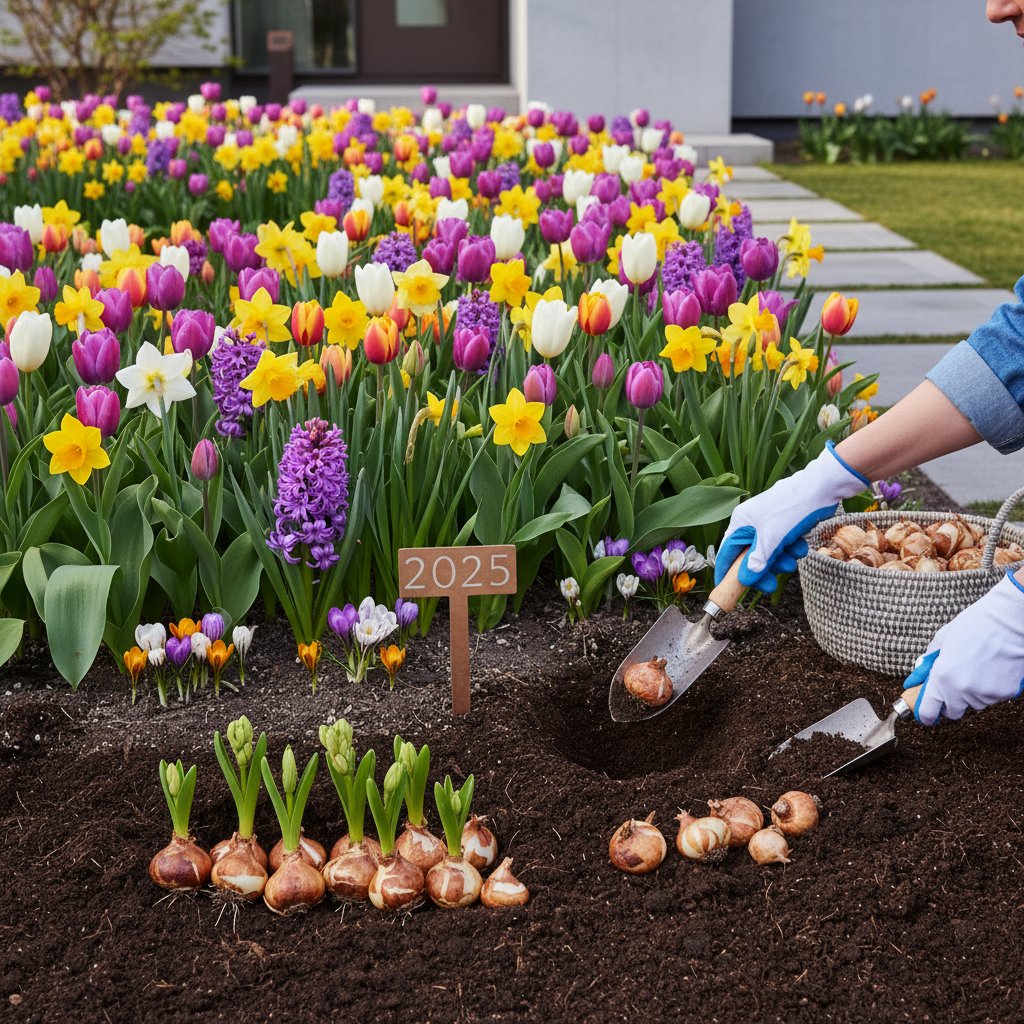Best Fall Vegetables to Plant in September for Abundant Yields
At the close of summer, gardens often appear weary from the heat. However, September provides an excellent opportunity to plant cool-season vegetables. The combination of cooling air, persistent soil warmth, and diminishing sunlight fosters rapid germination and vigorous growth.
Fall planting serves as a renewal for gardeners who faced challenges earlier in the year. Select varieties suited to shorter days and select preparation methods to ensure success. The following sections detail prime choices and essential practices.
Vegetables That Thrive in Cool September Weather
Cooler conditions enhance the quality of many vegetables, allowing them to develop superior flavor and texture. Focus on crops that mature swiftly or improve with light frosts. Below are categories with specific recommendations.
Leafy Greens
- Spinach: This green excels in temperatures between 50 and 65 degrees Fahrenheit. Sow seeds 1/4 inch deep in rows spaced 12 inches apart; harvest outer leaves after 30 to 40 days for continuous yield.
- Lettuce: Opt for loose-head or romaine types that reach maturity in 45 days. Plant in beds with afternoon shade to prevent bitterness; thin seedlings to 6 inches for optimal air circulation.
- Kale: Select Lacinato or Red Russian varieties for frost tolerance. Space plants 18 inches apart and harvest from the bottom up to encourage new growth through winter.
Root Vegetables
- Radishes: Choose spring or winter varieties like Cherry Belle for harvests in 25 to 30 days. Sow seeds every two weeks for succession planting; thin to 2 inches to avoid crowding.
- Carrots: Nantes or Danvers types store well in the ground. Plant seeds 1/4 inch deep in loose soil; cover with a thin layer of compost to retain moisture and promote straight roots.
- Beets: Detroit Dark Red offers dual-purpose roots and greens. Sow 1/2 inch deep, thinning to 4 inches; harvest at 2 inches for tenderness or larger for storage.
Brassicas
- Broccoli: Use transplants set 18 inches apart for heads forming in 50 to 60 days. Blanch emerging florets with surrounding leaves to maintain whiteness and reduce bitterness.
- Cabbage: Early Jersey Wakefield matures in 60 days. Plant in full sun with 24-inch spacing; firm heads indicate readiness for harvest.
- Cauliflower: Snowball varieties prefer consistent moisture. Tie leaves over heads after formation to protect from sun; expect yields in 70 days.
Additional Reliable Options
- Garlic: Plant hardneck cloves pointy end up, 2 inches deep and 6 inches apart, in well-drained soil. Mulch heavily for overwintering; bulbs mature by mid-summer.
- Peas: Bush types like Sugar Snap produce in 50 days. Install trellises at planting; inoculate seeds with rhizobia for better nitrogen fixation.
Essential Care Practices for Fall Crops
Regular maintenance ensures plants withstand autumn's variability. Address watering, soil protection, and pest management promptly.
- Watering Routine: Provide 1 inch of water weekly, adjusting for rainfall. Focus on morning applications to minimize evaporation and fungal issues.
- Mulching Strategy: Apply 2 to 3 inches of organic material around bases after soil settles. This conserves moisture, moderates temperature, and suppresses weeds.
- Pest Management: Inspect weekly for aphids or worms; use insecticidal soap or manual removal. Employ floating row covers to block larger threats like flea beetles.
- Fertilization Approach: Incorporate a low-nitrogen formula at planting, such as 5-10-10. Side-dress with compost midway through growth to support root development without excess foliage.
Factors Contributing to High Yields in September
Warm soil accelerates seedling establishment, often within 7 to 10 days. Reduced heat stress allows energy allocation to fruits and roots rather than mere survival. Fewer pests mean less damage and intervention.
Fall-grown produce frequently surpasses summer counterparts in taste. Sweets intensify in carrots, while brassicas gain nutty notes from cooler nights. These advantages result in bountiful, storable harvests extending into winter.
Monitoring and Harvesting for Optimal Results
Frequent garden visits reveal progress and issues early. Harvest promptly to stimulate further production; for example, pick lettuce leaves when 4 to 6 inches tall.
Maintain mulch layers and deep waterings as needed. These practices sustain productivity and prepare crops for potential frosts.
Savoring the Rewards of Fall Gardening
Meals featuring September-planted vegetables highlight seasonal freshness. Combine roasted beets with kale for nutrient-rich dishes, or toss radishes into salads for crunch.
Imperfections occur, yet they enrich the experience. Each harvest reinforces the value of timely planting and attentive care.
Planning Ahead for Future Seasons
Success in September encourages integration of fall routines annually. Experiment with varieties and track performance to refine approaches. This ongoing cycle sustains a thriving garden year-round.



